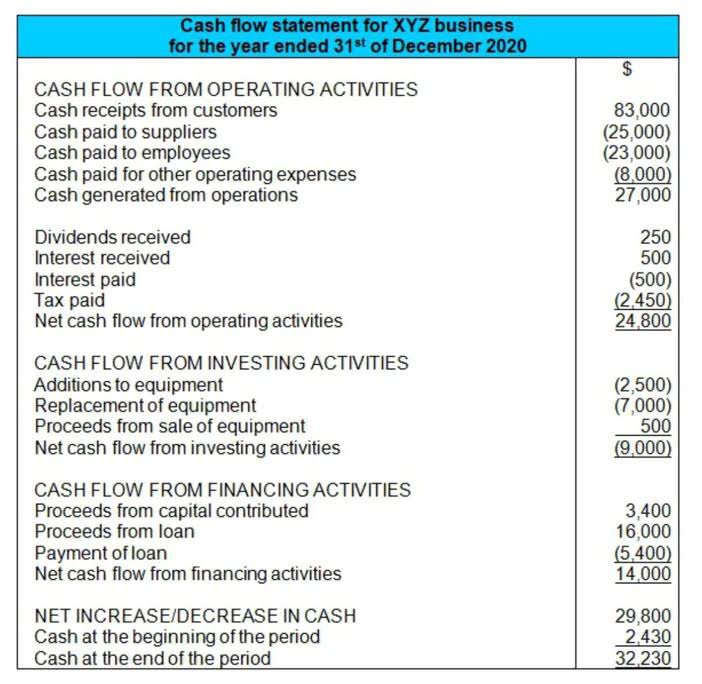
They serve as a means to ensure the accuracy and integrity of financial information by providing a temporary holding place for items that cannot be promptly allocated or reconciled within designated accounts. Developing effective reconciliation procedures, such as bank reconciliations, vendor statement reconciliations, or intercompany reconciliations, can help identify and resolve discrepancies promptly. Regular and timely reconciliation activities can minimize the need for suspense accounts by ensuring the accuracy and completeness of financial records.

Suspense Accounts in Business
Suspense accounts serve as temporary placeholders in accounting, helping to manage transactions that cannot be immediately classified or resolved. The use of a mortgage suspense account helps ensure that payments are not misapplied or remain unaccounted for while processing. It serves as a safeguard that keeps funds in a known location until all the details can be sorted out and the payments can be accurately applied to the mortgage as intended. When you record uncertain transactions in permanent accounts, you might have incorrect balances. You might receive a partial payment from a customer and be unsure about which invoice they’re paying. When you find out the invoice, close the suspense account and move the amount to the correct account.
How confident are you in your long term financial plan?
The suspense account maintains the double entry at the time of posting when the correct account is unknown. Subsequently when the business determines the transaction classification it transfers the amount from the suspense account to the correct account. While suspense accounts are invaluable tools in accounting for managing transactions that cannot be immediately classified, they also come with their own set of challenges. Here are some of the key difficulties that can arise when using suspense accounts and tips on how to address them. An accountant was instructed to record a significant number of journal entries written by the controller of a large company.

Example 10: Adjustment Entries
- Additionally, covering 100% of GL accounts the Substantiation module provides a summary of the unreconciled items, enabling organizations to proactively take corrective actions in real-time.
- Suspense accounts are invaluable tools for maintaining clarity and accuracy in financial reporting.
- Suspense accounts serve as temporary holding areas for transactions that cannot be immediately classified.
- This can occur when a vendor’s name is missing from a payment made by the company.
- Suspense accounts are used to record transactions that have errors, incomplete or inaccurate information, or delayed or missing documentation.
Lastly, incomplete or inaccurate information can happen when a customer provides incorrect account numbers for payments. Suspense accounts provide an easy way of managing funds and transactions before they are ready for permanent entry into an organization’s books, helping to ensure accuracy and completeness in record keeping. Suspense accounts are a type of account used to temporarily hold funds or transactions that have been received, but the source or recipient of the funds is unknown. The accountant will record this unclassified transaction in the general ledger suspense account to complete his assignments by the allotted time.

During Purchasing a Fixed Asset But Not Receiving It Until Full Payment
As can be seen the debit of 1,000 is unidentified and is posted as unclassified to the suspense account what is a suspense account in the balance sheet. When you make a payment on your mortgage, every penny of that payment usually goes toward paying off interest, principal (the original amount borrowed), and possibly escrow amounts for taxes and insurance. But sometimes, if the payment isn’t sufficient to cover all dues, or if there’s confusion about the payment amount,, the money might go into a mortgage suspense account. A mortgage suspense account is a specific type of suspense account used in the world of home loans and mortgages. It is used exclusively for mortgage payments that cannot be fully applied to a loan account immediately. In this blog, we will demystify what suspense accounts are, explore different types, and dive into examples that bring these concepts to life.
Eventually, you allocate entries in the suspense account to a permanent account. When you open an accounting suspense account, the transaction is considered in suspense. The term «suspense account» can have several different meanings, depending Bookkeeping for Chiropractors on the context. In the business world generally, a suspense account is a section of a company’s financial books where it can record ambiguous entries that need further analysis to determine their proper classification.
Partial payments that do not settle an invoice in full are placed in a suspense account until clarification is obtained. The payment did not specify which invoice it was intended for, so it was temporarily held in a suspense account. This allowed the finance team time to clarify the details with the customer without affecting the accuracy of their accounts receivable. A brokerage suspense account plays a crucial role in the world of investing, similar to other types of suspense accounts, but it is specifically used within brokerage firms.
- Adjusting Entries are used to correct mistakes, whereas suspense accounts are useful for temporarily holding transactions until there is enough information to post them.
- The amount of money held in suspense account is referred to as the «suspense balance.»
- This is particularly relevant when accruals or deferrals are involved, where the transaction occurs in one period but is not recognized until a subsequent period.
- My Accounting Course is a world-class educational resource developed by experts to simplify accounting, finance, & investment analysis topics, so students and professionals can learn and propel their careers.
- The presence of unresolved suspense accounts can have implications for the accuracy and completeness of financial statements.
Would you prefer to work with a financial professional remotely or in-person?

This temporary assignment prevents the premature recording of financial activity in a way that might necessitate later corrections, which can be both time-consuming and costly. Notice that there is a difference of $8,000 between the two columns of the trial balance. In spite of all the best efforts made by the bookkeeper, the errors are not detected, so the trial balance is temporarily made to agree by opening a suspense account in the ledger. The ledger account difference of $8,000 is recorded on the lesser column (debit column) of the trial balance under the heading “Suspense Account.” See the following trial balance. The trial balance is a statement on the basis of which final accounts are prepared.
- A suspense account, also known as a suspense ledger or suspense clearing account, is a temporary holding account that is used in accounting when there is uncertainty or discrepancy in financial transactions.
- 11 Financial’s website is limited to the dissemination of general information pertaining to its advisory services, together with access to additional investment-related information, publications, and links.
- Regular reviews and monitoring of the accounting system’s performance are essential to identify potential system errors or glitches promptly.
- The purpose of suspense account entries is to temporarily hold uncategorized transactions.
- For example, if your company’s opening ledger has account numbers 1-98, the next account number available to your business will be 100.
- A suspense account is an account in the general ledger in which amounts are temporarily recorded.
- By collecting these funds into a single account, servicer’s interest is protected, and foreclosure actions are avoided.
Move suspense account entries into their designated accounts to make the suspense balance zero. Regardless of the issues in question, suspense accounts are cleared out once the problem is addressed, at which time the funds are promptly re-shuffled to their correctly designated accounts. While there is no definitive timetable for conducting a clearing-out process, many businesses try to regularly accomplish this on a monthly or quarterly basis. Overall, the careful handling and management of suspense accounts are crucial for organizations striving to maintain accuracy, transparency, and compliance in their financial reporting processes.